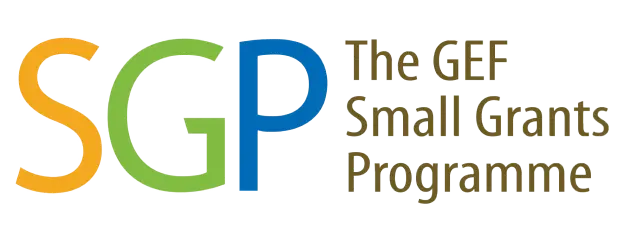Outcome 1 :
Availability of a garden containing cotton plants and a source of natural dyes for the community's weaving business (South Pajam Kaledupa village).
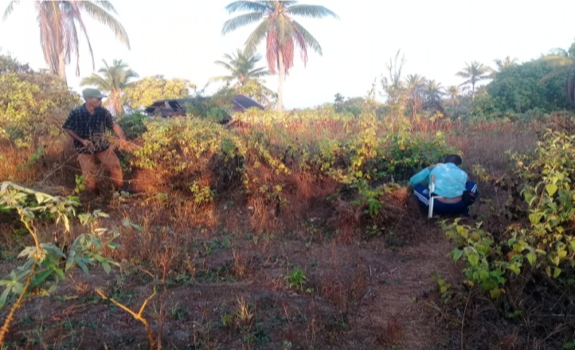
Photo 1: Land clearing activities for planting cotton and natural dyes (October 2018).
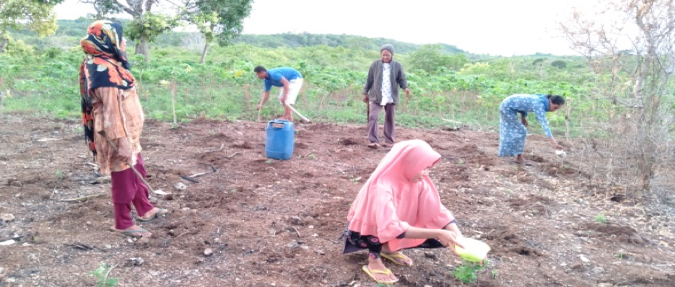
Photo 3: Cotton and natural dye planting activities carried out by the two weaving groups, namely the Pangilia and Djalima Groups in Pajam Village (November 2018).
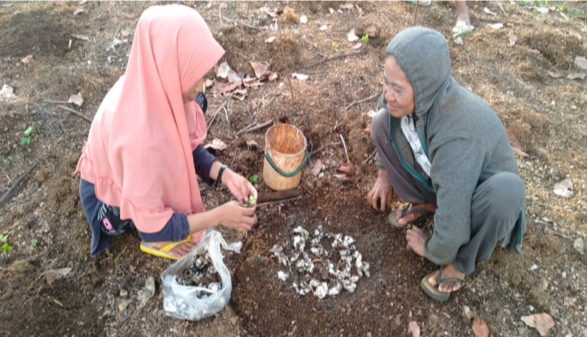
Photo 2: cotton seeding activity carried out by the Pajam village weaving group (November 2018).
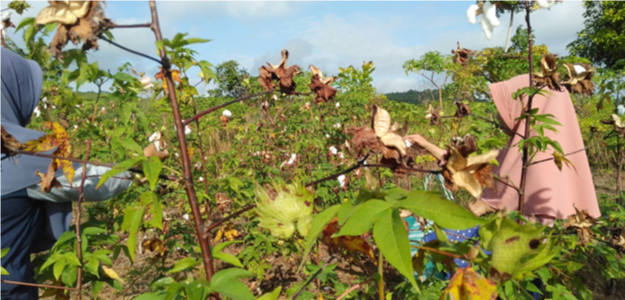
Photo 4: cotton harvesting activities carried out by a group of weavers (June 2019).
Outcome 2 :
There is a jointly protected forest area for the availability of clean water sources in Pajam Village.
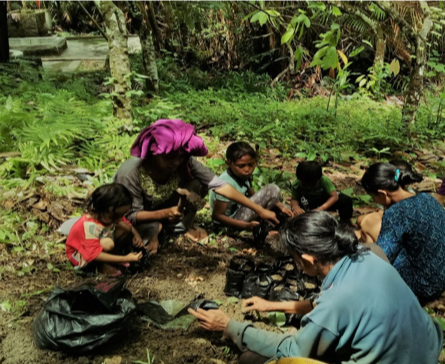
Photo 5: Hardwood tree nursery activities carried out by the community to be planted around the Te'e Wufu spring (December 2019).
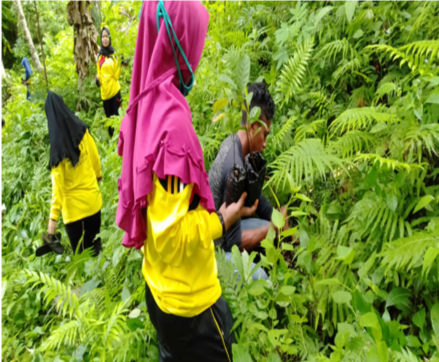
Photo 6: Hard tree planting activities carried out by the Pajam village youth organization together with UMB Wakatobi students to maintain the resilience of te'e wufu water discharge (April 2019).
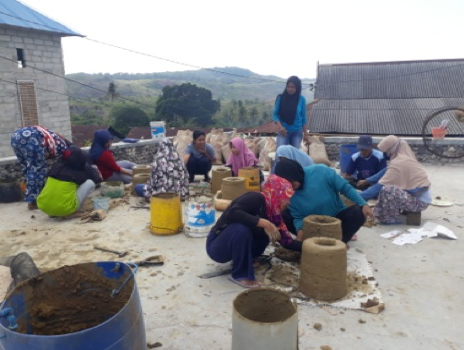
Photo 7: The activity of making tungu to save firewood carried out by the Pangilia and Djalima groups as evidence to suppress the felling of trees around the te'e wufu spring (October 2019).
Outcome 3 :
Increasing community resilience through better and more sustainable agricultural cultivation practices, preserving local food crop variations and post-harvest processing.
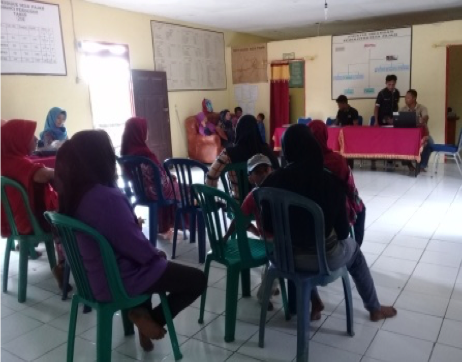
Photo 8: Workshop activities carried out with traditional leaders from the entire community to discuss the re-application of traditional traditions and rituals in the use of local food (March 2019).
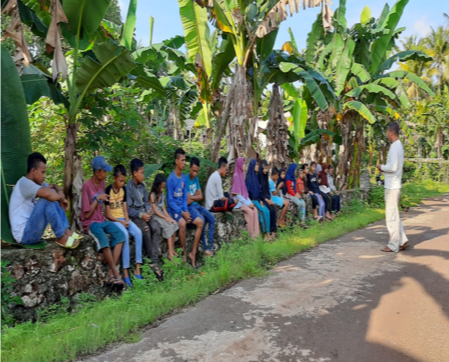
Photo 9: Knowledge transfer activities to the younger generation through community schools (March 2019).
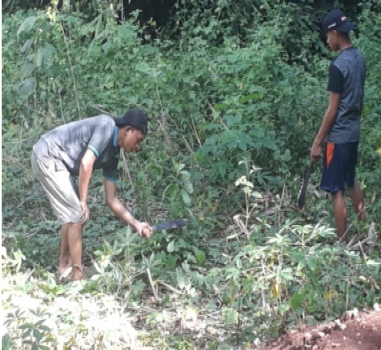
Photo 10: Land clearing activities for demonstration gardens (July 2019).
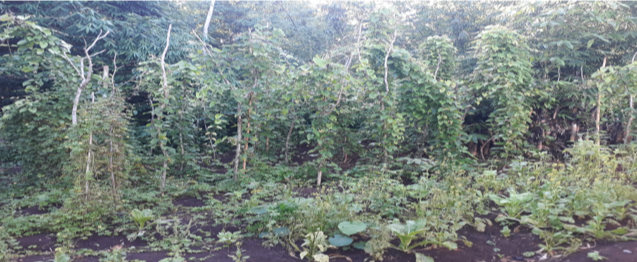
Photo 11: Panglima group demonstration garden activities (July 2019).
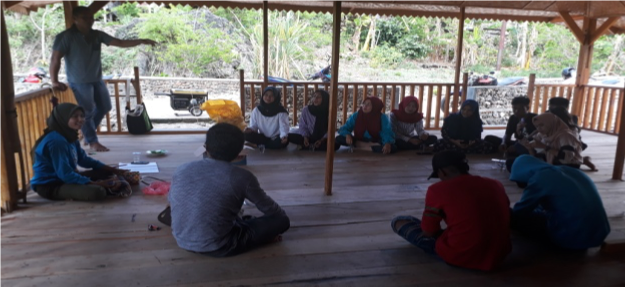
Photo 13: Training activity on the use of coconut belts and shells attended by the young generation of Pajam village (December 2019).
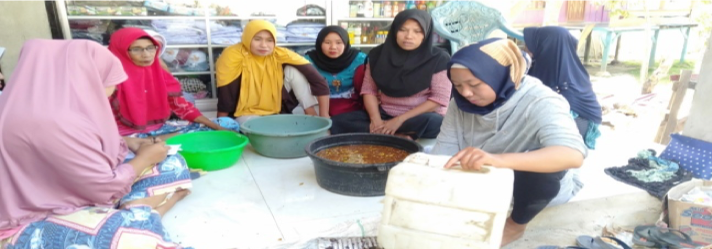
Photo 12: Training activity on making compost attended by the Pangilia and Djalima groups (August 2019).

Photo 14: Socialization activities for local food production based on environmentally friendly agriculture with the entire Pajam village community (March 2019).
Outcome 4 :
Increasing knowledge and breakthroughs in the agricultural sector to support increasing community food security through collaboration with various parties who have related competencies, and revitalizing local knowledge about natural resource management.
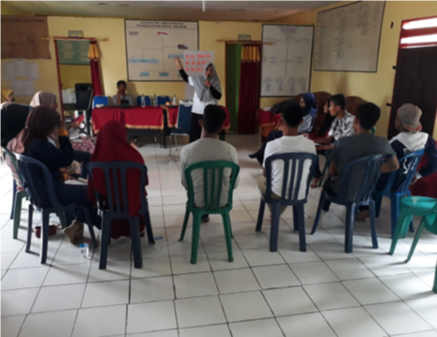
Photo 15: Tourist guide training activities attended by the Pajam Village Youth Organization (January 2020).
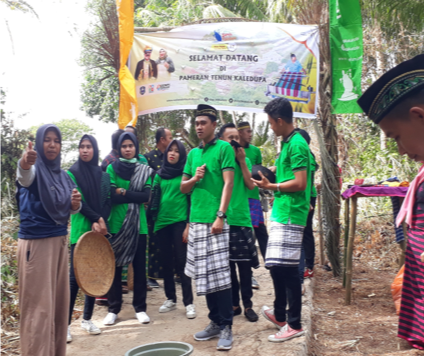
Photo 16: Local product exhibition activities at the Barata Kaledupa Festival (September 2019).
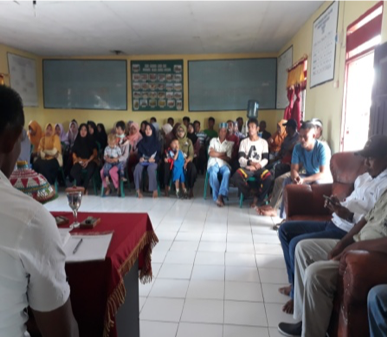
Photo 17: Workshop activities Encouraging the use of the results of the GEF-SGP phase 6 program activities as tourism potential in the village (October 2019).
Outcome 5 :
Strengthening local institutional governance for participatory decision making and policy making that favors environmental sustainability and community welfare.
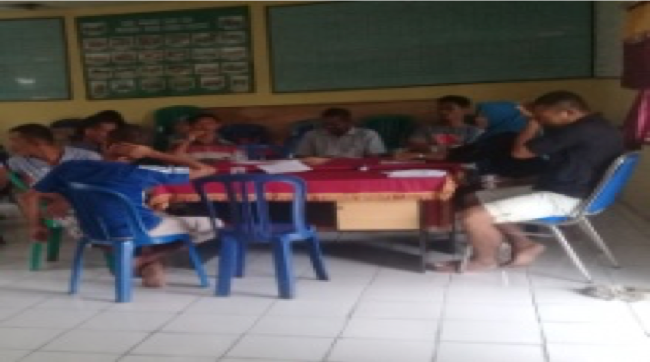
Photo 18: Identification activities of local institutions that have potential in environmental management (February 2019).

Photo 19: Workshop activities encourage local institutions in making decisions and policies that support environmental sustainability (May 2019).
PROJECT OUTCOMES
Outcome 1
- There are cotton gardens and natural dyes.
- Increasing public knowledge about weaving motifs.
- There is understanding and knowledge in the weaving group about various types of weaving products.
- There is documentation of cotton plants and natural dyes (pomegranate, turmeric, indigo, jackfruit skin, mangrove skin, Javanese wood stems, noni, young coconut skin) as well as processing processes.
Outcome 2
- There is an agreement regarding a jointly protected area to guarantee the availability of clean water in Pajam Village, South Kaledupa District.
- Planting 1000 hardy tree seedlings around the Te`e Wuwu spring.
- There were 32 wood-saving stoves produced during the training.
Outcome 3
- Guaranteed sustainability of local food crop types in Pajam Village.
- There is a local food module that will be transferred to the young generation of Pajam Village through community schools.
- Procurement of demonstration plots (demonstration gardens).
Outcome 4
- There is understanding and knowledge of the younger generation who are trained in managing natural resources.
- An exhibition of agricultural products, local culture and woven craft products was held at the Barata Kaledupa Festival.
Outcome 5
- There are local community-based institutions that play a role in managing natural resources including: BPD, LPM, KARANG TARUNA, PKK, TRADITIONAL INSTITUTIONS, PEMDES, FARMERS' GROUP and PANGLIMA (DJALIMA PANGILIA).
- Established cooperation with the village government in terms of development planning in the village.
- There is an agreement between the Village Government and Local Institutions to preserve the environment.
- There is a siding with the village government to provide empowerment for the welfare of the community.
IMPACT OF ACTIVITIES
Outcome 1
- There are cotton plants and natural dye gardens that have been planted by the weaving group in Pajam village. Apart from that, people have started planting cotton in their yards and there are also people planting in their gardens.
- People began to make various kinds of crafts from weaving.
- Cotton plants can grow in soil with a loose soil structure and require special care which will ensure the availability of woven raw materials.
Outcome 2
- There were people who donated 5 hectares of land to plant hardwood trees around the Te,e Wufu spring.
- Planting trees around the spring can guarantee the resilience of the water flow in the te'e wufu well.
- Plants planted around the Te,e Wufu spring are plants that can store water reserves.
- The positive impact of community awareness to plant, maintain and preserve plants that have been planted at the location of the Te,e Wufu spring, the negative impact is that plants that have been planted around the spring are moved to residents' gardens.
- The positive impact of the public's understanding of making firewood-saving stoves, the negative impact of the stoves that have been made do not last long.
- With the existence of firewood-saving stoves, people can save on wood usage in the ratio of 3 pieces of wood can produce 3 kasoami while in a regular kitchen three pieces of wood cannot produce 1 kasoami.
Outcome 3
- Positive impact: there will be a local food module that will be transferred to the younger generation through schools in Pajam village. Negative impact: many young people are not familiar with the types, cultivation and processing of local food.
- There is an understanding of the younger generation about the types, cultivation and processing of local food.
- The younger generation is starting to carry out environmentally friendly farming by cultivating cotton using compost.
- The younger generation is starting to carry out environmentally friendly agriculture by planting various types of local food.
- Cotton seeds that use compost are more fertile than cotton that doesn't use fertilizer.
- There were 2 young people who after post-training started trying to make crafts from shells, and at the same time informed their colleagues to continue producing them.
- There is public awareness that organic waste can be used as fertilizer.
- There is a change in people's perspective about unproductive land that can be used with environmentally friendly agricultural systems.
- There is a pattern of people's thinking about environmentally friendly agricultural products being more fertile compared to ordinary agriculture.
Outcome 4
- There is an understanding among the younger generation about the basics and techniques of tour guiding.
- The community is very enthusiastic about taking part in the Barata Kaledupa Festiwal activities.
- There are profits gained from the Barata Kaledupa Festival activities in terms of sales of woven products and crafts.
Outcome 5
- Local institutions are starting to play an active role in decision making and policies in development planning in the village.
Obstacles and Handling :
Outcome 1
- OBSTACLES: Many people did not attend the deliberation activities.
HANDLING: Ask all people present to inform you of the results of the deliberations that have been decided. - OBSTACLES: Lack of cotton plants in Pajam Village.
HANDLING: Carry out identification in neighboring villages. - OBSTACLES: Difficulty finding land for planting cotton and natural dyes.
HANDLING: Hold discussions with both groups about the importance of cotton plants and natural dyes for the needs of weavers. - OBSTACLES: Many cotton seeds fail to grow due to direct planting and rocky soil.
HANDLING: Sow seeds first before planting and plant in loose soil. - OBSTACLES: Difficulty finding a coach.
MANAGEMENT: Coordinating with various parties, especially the host team (Forkani) to assist us in finding product diversification trainers.
Outcome 2
- OBSTACLES: There are people who do not allow their land to be planted with hardwood trees.
HANDLING: Providing awareness and understanding to the community about the importance of planting trees around springs. - OBSTACLES: Many people did not attend the deliberation activities.
HANDLING: Ask all people present to inform you of the results of the deliberations that have been decided. - OBSTACLES: Difficulty finding seeds that can store water reserves.
HANDLING: Looking for plant seeds that can store water reserves in neighboring villages. - OBSTACLES: Many plants fail to grow due to pest attacks and long drought.
HANDLING: Replant any plants that fail to grow. - OBSTACLES: Many trees die and are attacked by pests even though they have been replanted.
HANDLING: Continuously doing embroidery. - OBSTACLES: Difficulty finding trainers in stove making.
MANAGEMENT: Coordinating with various parties, especially the host team (Forkani) to help us in finding a trainer for making furnaces.
Outcome 3
- OBSTACLES: Lack of understanding by the commander group in compiling narratives documenting local food crops.
HANDLING: Continue to organize and always coordinate and consult with the host team. - OBSTACLES: Many people do not attend local food workshop activities.
HANDLING: Informing the people present to inform them of the decisions that have been made together. - OBSTACLES: Many young people are not yet familiar with the local food of their region.
HANDLING: Providing understanding to the younger generation about various types of local food and their use through community schools. - OBSTACLES: Lack of group understanding about the ingredients for making compost.
HANDLING: Looking for professional trainers to provide knowledge and understanding to the community and groups about making compost. - OBSTACLES: There are no people who run demonstration gardens.
HANDLING: Providing understanding to the entire community about the importance of sedentary agriculture. - OBSTACLES: Lack of understanding and knowledge of the community and the younger generation in using coconut shells and belts.
HANDLING: Looking for a professional trainer to provide knowledge and understanding to the community and young generation about the use of coconut shells and belts. - OBSTACLES: The lack of people practicing environmentally friendly agriculture is caused by a lack of knowledge about how to make fertilizer.
HANDLING: Providing understanding to the public about the importance of environmentally friendly agriculture that does not move.
Outcome 4
- OBSTACLES: Lack of understanding and knowledge of the younger generation about the basics and techniques of guiding tours.
HANDLING: Looking for a professional trainer to provide knowledge and understanding to the younger generation about tourist guiding techniques. - OBSTACLES: Lack of community involvement in preparing product results for festival activities.
HANDLING: Encourage the entire community to produce various products that will be exhibited at the Barata Kaledupa Festival. - OBSTACLES: The village government doesn't care about the activities we do
HANDLING: Encourage Gef SGP activities through Musdes.
Outcome 5
- OBSTACLES: Lack of understanding of local institutions regarding their main tasks and functions.
HANDLING: providing understanding to local institutions so that their duties and functions can be carried out. - OBSTACLES: Lack of role of local institutions in development planning in the village.
HANDLING: Providing understanding to local institutions to be involved in development planning in the village.
BEST EXPERIENCE
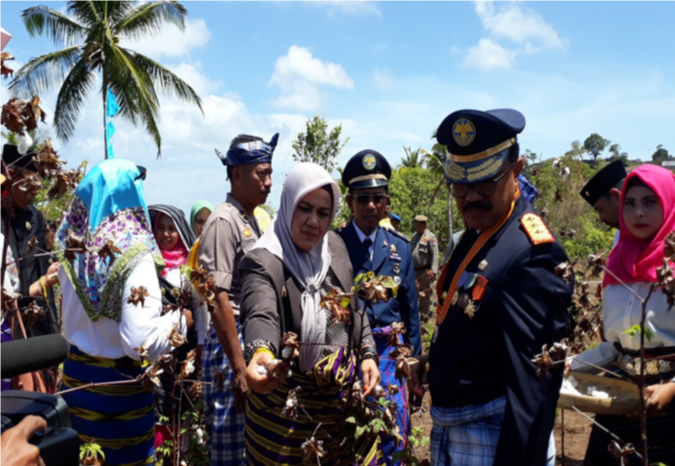
Photo 20: Cotton harvesting activities carried out by the Regent and Deputy Regent of Wakatobi.
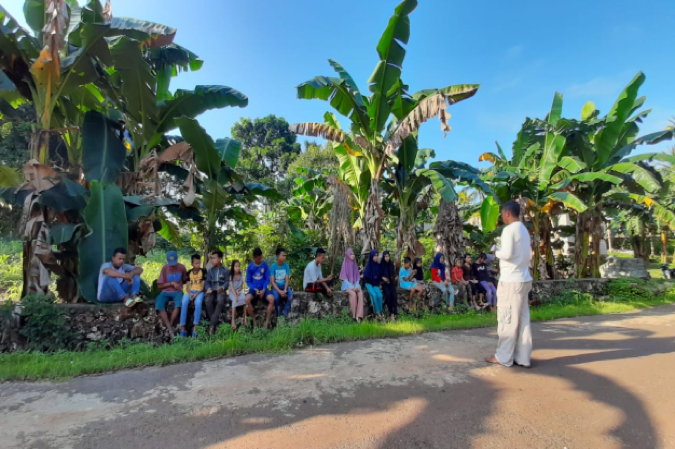
Photo 21: Activities to transfer local pagan knowledge to the younger generation through community schools.
SUSTAINABILITY OF PROGRAM/ACTIVITIES
Outcome 1
- There is land preparation by the village government for planting cotton and natural dyes.
- There are people who plant in their yards and gardens.
- There are group members who are independent in making woven products.
Outcome 2
- There are plants maintained by the community around the Te'e Fufu spring to maintain the resilience of the water flow as well.
- There is an agreement with the government, land owners and indigenous communities regarding the care and preservation of plants around the Te'e Wufu spring.
- The land owner continues to replant even though he is looking for his own seeds.
- There are people who ask about materials and techniques for making wood-saving stoves.
Outcome 3
- There are modules that will be transferred to schools and the general public.
- People have started looking for types of local food that can be used as a requirement for traditional rituals to be planted. The younger generation has started to carry out environmentally friendly farming by planting various types of local food.
- The younger generation uses compost in demonstration gardens.
- There is a young generation who uses coconut shells to make crafts.
- The younger generation is starting to carry out environmentally friendly agriculture by planting various types of local food.
Outcome 4
- Tour guide training has been included in Rkp-Des.
- The Barata Kaledupa Festival activities have become an annual agenda outlined by the district government.
- There is assistance in procuring lining centers and woven equipment from the Wakatobi industrial service.
Outcome 5
- There is a local BPD institution that is directly involved in development planning in the village.
